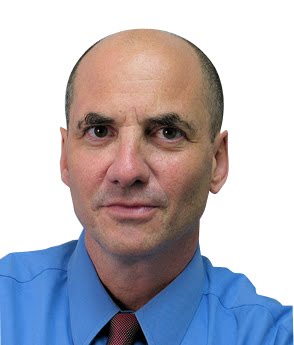
My eyes and ears could hardly believe what they were taking in.
On my mother’s new giant flat screen television, the Boston Red Sox were playing ball amidst the stark lights illuminating an otherwise dark New England night.
But beyond the game, something was different. Amongst those millions of mega pixels, I could practically see the butter dripping off the popcorn slipping down the hand of the fan in the 9th row, behind home plate.
Like never before, I could see things I didn’t know possible.
Wandering into another realm, this time one of sound, I heard Mozart on The Bose Wave music system. To my cynical surprise, their ad is true when it reads, “Just plug it in and hear what you’ve been missing.” Sounds that I didn’t know were there on a recording are clear and crisp to the ear.
If knowledge derives from the senses, then indeed, just imagine all that we’ve been missing.
It made me wonder, with technology, could we one day truly hear or see the image, the voice of God? Ever since The Tower of Babel, we’ve attempted to stride closer, toward heaven, but if God’s all around us, maybe we just need a better tuner.
And so, on one small micro-consumer level, I contemplated the amazing detail with which a now common device can peer into reality, splitting it into details so rich and full of vibrant colors, that it practically unveils the metaphysical.
Meanwhile, on another side of the world and buried deep in the ground, is a hole where physicists are also at work, but on a macro-experiment. There they are in search of something dubbed, The God Particle.
The God Particle is what scientists hope the Large Hadron Collider, buried on the border between France and Switzerland, will discover when they let loose beams of protons and smash them against each other re-creating what they believe is the spark that began, well, everything.
Like the Holy Grail, like the Garden of Eden and like the secret to my mother’s fluffy matzo balls, the mystery behind what is known as the Higgs boson (God Particle) is elusive. Likewise, because it is so hard to capture, the Hadron Collider is so massive. The contraption is a 17 mile collider, some 50 to 175 miles in the ground with a cost of somewhere between $5-10 billion.
If discovered, from one collision out of trillions, The God Particle will show itself for a millisecond. Imagine, this enormous monstrosity of mankind’s ingenious know-how, thousands of scientists from countries all over the globe, all for the chance to capture the tiniest of specs, for less than an instant.
Yet, if revealed, we will come to better understand the nature of the universe and see into the farthest reaches of the past, seconds after the Big Bang.
Striving to better understand this quest, I ventured down to the Maryland Science Center, where the Davis Planetarium is showing, Dark Matters. Dark matter is hypothetical matter whose presence can be inferred from its effects on visible matter. Essentially, it’s all the stuff that occupies the universe, like molasses, but is unseen.
While looking up onto the rounded ceiling, references of the Large Hadron Collider were beamed, linking its sub-atomic mission with finding the mystery behind the dark stuff of space.
Then it all began to gel, linking the massive experiment with the minutest of particles and the infinite darkness that holds the universe together and of course, my mom’s, where I caught my own revelatory glimpse of the beyond.
Having watched the Red Sox for years, I never would have known how much I was missing, until I saw it all on her new, big screen TV.
So while we puny humans, sports fans and wannabe astrophysicists search the far reaches of the universe to find meaning, perhaps we’ve unknowingly been staring right at it, without knowing, all this time.

